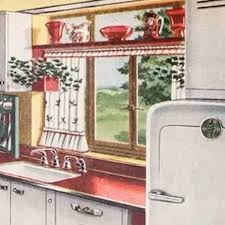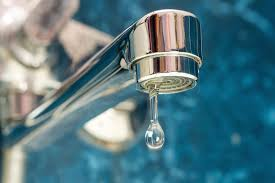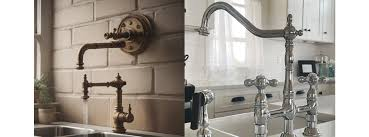The Rise of Clean Living
Post-War Plumbing Innovations and Kitchen Upgrades
The mid-20th century revolutionized home living. The faucet became central to the pursuit of streamlined, efficient kitchens and bathrooms.

Faucets in Advertising: Selling Cleanliness and Modernity
These faucets appeared in flashy advertisements that equated modern plumbing with sophistication, targeting the emerging middle class.
The Link Between Faucets and Rising Hygiene Standards
As understanding of germs spread, faucet use correlated directly with improved health outcomes. They became gatekeepers of cleanliness.
Digital Age and Smart Faucet Innovations
Motion Sensors and Touchless Technology
Once a novelty, touchless faucets are now commonplace. Infrared and capacitive sensors eliminate touch points and improve hygiene.
https://www.cnehoo.com/brass-automatic-smart-faucet-basin-touchless-faucet-2-product/
Eco-Friendly Faucets and Water Conservation Movements
Low-flow aerators, timers and smart sensors reflect growing eco-awareness, enabling users to minimise waste.

Smart Homes and the Future of Faucet Integration
Smart faucets can sync with home assistants to monitor water usage and even purify water, ushering in an era of connected plumbing.
Design Trends Through the Ages
From Ornate Bronze to Sleek Stainless Steel
Material trends have shifted, from baroque metals to minimalist finishes that reflect contemporary tastes and environmental awareness.
Color, Material, and Form: How Design Reflects the Times
The design reflects the spirit of the times, and elements such as matte black, brushed gold, and industrial style fully reflect consumer preferences and technical strength.
Minimalism, Luxury, and Customization in Today’s Faucets
Today, customization is king. From waterfall spouts to temperature memory settings, today’s faucets are as beautiful as they are functional.
The Hidden Side of Faucet History
The Mechanics Behind the Handle: Valves, Seals, and Flow
The unseen parts are the real unsung heroes. The ceramic discs and compression mechanism define its life and performance.
How Local Water Systems Shaped Faucet Evolution
The design of a tap is often adjusted to suit local water pressure, mineral content and infrastructure. There is no one-size-fits-all solution.
Unsung Engineers Who Changed How We Use Water
Behind each innovation are engineers who are fusing hydraulics, materials science, and human behavior to reimagine how we get water.
Global Perspectives on Faucet Development
Asia’s Bamboo Pipes and Ceramic Innovations
Ancient China and Japan used bamboo tubes and elegant ceramic spouts. Their minimalist design philosophy influences faucets today.

African Water Delivery Traditions and Colonial Influences
During the colonial period, traditional African water use habits were displaced or altered, reshaping the trajectory of pipeline development on the continent.
Faucet History in the Americas: Indigenous Techniques to Modern Plumbing
Local communities utilized natural springs and aquifers, demonstrating water wisdom that later informed settlers’ technology.
What Faucet History Tells Us About Innovation

Small Changes, Big Impact: Faucets as a Case Study in Design Thinking
From levers to valve cores, even small adjustments to your faucet can drastically improve the user experience and save resources.
Lessons from the Past That Are Shaping Future Water Tech
History’s mistakes and successes inspire today’s engineers to build smarter, more sustainable systems.
Conclusion
The history of faucets is more than just a timeline. It is a testimony to the human pursuit of comfort, hygiene and efficiency. Understanding the evolution of faucets from plumbing to automation helps us better understand the way we use water so conveniently today. As climate pressures intensify and technology advances, faucets will continue to lead innovations to protect the most precious resource - water.
Post time: Jul-30-2025

